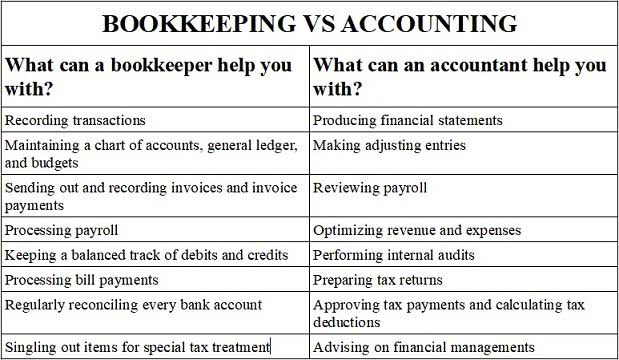
Incremental costs are additional expenses a business spends to expand production. It is the total amount of money paid for producing an additional unit of a product. Suppose a company wants to reduce its carbon footprint by switching to renewable energy sources. Software companies often face decisions about developing new features or enhancing existing ones.
Incremental Costing: How to Calculate and Compare the Incremental Costs and Benefits of Different Options
They can include the price of crude oil, electricity, any essential raw material, etc. Online Accounting Incremental cost is usually computed by manufacturing entities as a process in short-term decision-making. It is calculated to assist in sales promotion and product pricing decisions and deciding on alternative production methods. Incremental cost determines the change in costs if a manufacturer decides to expand production. Direct labor costs include wages and benefits for employees directly involved in production. These expenses rise with increased production, requiring additional workforce hours or new hires.

Real-world Examples of Incremental Cost Analysis
- Unlike incremental encoders, they provide a unique position value at all times, making them ideal for high-precision applications.
- However, incremental cost refers to the additional cost related to the decision to increase output.
- It has lowered as some of your fixed costs have already been covered by your normal production volume.
- Absolute encoders are suitable for environments with frequent power interruptions, as they retain position data without requiring rehoming.
- It allows businesses to assess the financial and operational impact of specific actions or decisions.
- Conversely, if incremental cost leads to a decrease in product cost per unit, a company can choose to reduce product price and increase profit by selling more units.
- By comparing the incremental cost with the potential benefits or revenue generated, companies can determine the feasibility and profitability of their decisions.
If a reduced price is established for a special order, then its critical that the revenue received from the special order at least covers the incremental costs. Investments in modern equipment and lean manufacturing techniques can reduce inefficiencies. Labor market conditions, such as tight labor supply or regulatory changes like wage increases, can raise labor costs. Businesses must monitor these variables to manage incremental costs effectively. If a reduced price is established for a special order, then it’s critical that the revenue received from the special order at least covers the incremental costs. Getting all relevant information about your operational expenses lets you know whether you are in the right financial state to cover additional production costs before starting any project.
Why is Incremental Cost Important?

It allows businesses to assess the impact of a specific action or decision on their overall costs and profitability. By understanding the incremental cost, organizations can make informed choices that optimize their resources and maximize their financial outcomes. The calculation of incremental cost shows a change in costs as production expands. It is usually made up of variable costs, which change in line with the volume of production.
- By incorporating this analysis into decision-making, companies can allocate resources efficiently and minimize risks.
- Incremental encoders are best suited for applications that focus on motion tracking, speed, and relative position sensing.
- The cost of building a factory and set-up costs for the plant are regarded as sunk costs and are not included in the incremental cost calculation.
- These factors may include changes in production volume, material costs, labor expenses, overhead costs, and any other relevant cost drivers.
- Sunk costs are costs that have already been incurred and cannot be recovered, regardless of the decision made.
- Incremental cost helps isolate the production costs directly tied to upsizing capacity or volumes.
For pricing, it helps determine the minimum price at which additional units can be sold profitably. Companies launching new products or adjusting prices to stay competitive rely on incremental cost data to ensure profitability. Alternatively, once incremental costs exceed incremental revenue for a unit, the company takes https://www.bookstime.com/articles/how-to-calculate-burn-rate-for-your-business a loss for each item produced. Therefore, knowing the incremental cost of additional units of production and comparing it to the selling price of these goods assists in meeting profit goals.
A Step-by-Step Guide to Calculating Incremental Costs

Identifying such costs is very important for companies as it helps them decide whether the additional cost is in incremental cost their best interest. Incremental costs are the costs linked with the production of one extra unit, and it considers only those costs that tend to change with the outcomes of a particular decision. Remember that incremental cost analysis should consider both short-term and long-term effects.


